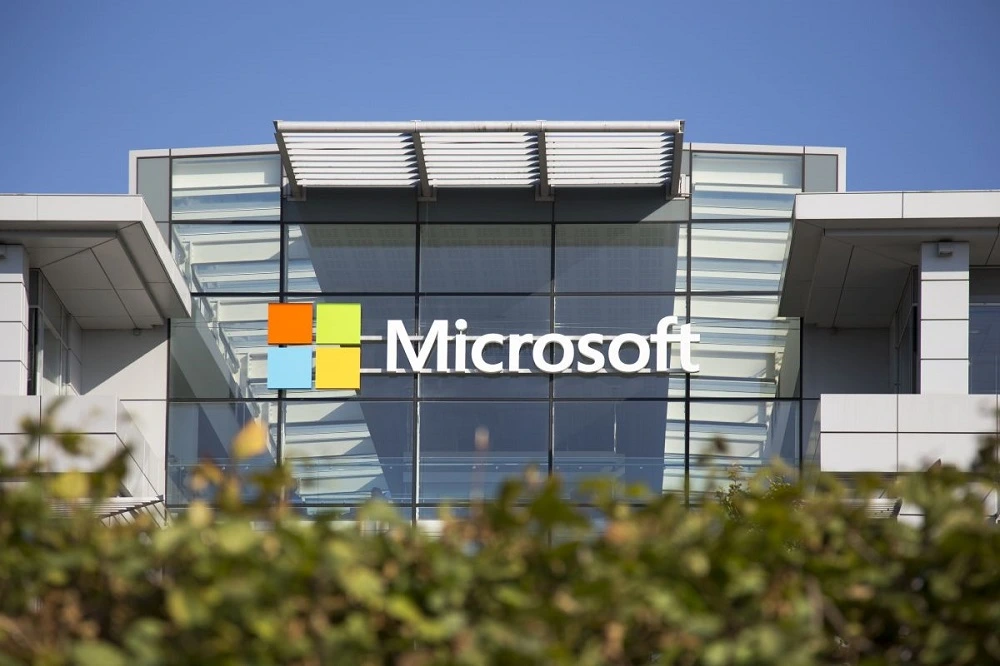Microsoft has just taken a giant leap in medical AI with the launch of its groundbreaking diagnostic system—Microsoft AI Diagnostic Orchestrator (MAI‑DxO). Designed to assist and eventually revolutionize clinical decision-making, this AI-driven medical assistant has stunned the industry by outperforming human doctors in complex diagnosis scenarios.
Here’s a closer look at what the tool is, how it works, and why it’s being hailed as a potential game-changer for global healthcare.
What is Microsoft AI Diagnostic Orchestrator (MAI‑DxO)?
The AI Diagnostic Orchestrator is a sophisticated, multi-agent artificial intelligence system developed by Microsoft to simulate the way expert medical professionals reason through complex clinical cases. It’s not just a large language model (LLM); it’s a multi-agent framework that combines reasoning, data interpretation, and decision-making to approach real-world patient scenarios.
Unlike simple symptom-checkers or medical chatbots, MAI‑DxO is designed to mimic the workflow of real physicians—from gathering patient histories to recommending the most probable diagnoses and treatment plans.
How Accurate Is It?
Microsoft tested MAI‑DxO using case studies from the New England Journal of Medicine Clinical Challenge—an elite-level benchmark typically solved by experienced doctors. The results were astonishing:
- MAI‑DxO accuracy: 85.5%
- Average doctor accuracy: ~20%
This means Microsoft’s AI system was more than four times as effective at diagnosing these complex cases.
In another test set from the MSD Clinical Manuals, the AI also achieved an impressive 90.5% accuracy, matching or exceeding the capabilities of leading medical experts.
How Does the System Work?
At the core of MAI‑DxO is a multi-agent architecture—a group of AI “agents” that each handle a different part of the diagnostic process. Here’s how it works:
- Patient History Agent
Gathers symptoms, personal and family history, and other details. - Differential Diagnosis Agent
Evaluates possible conditions based on medical databases and case literature. - Evidence Agent
Searches for peer-reviewed evidence and evaluates the strength of different possibilities. - Final Diagnosis Agent
Chooses the most likely condition and recommends next steps or treatment.
This structure replicates the team-based, peer-reviewed decision-making common in top hospitals.
Integration Plans
According to Microsoft, MAI‑DxO will soon be integrated into popular tools such as:
- Microsoft Copilot – Making advanced medical insights accessible to researchers, students, and even frontline healthcare workers.
- Bing Health Search – Offering AI-assisted medical query support to the public with greater accuracy.
Microsoft plans to deploy the system responsibly and gradually, working with regulatory bodies and medical institutions to ensure safety, fairness, and ethical use.
Implications for Healthcare
Benefits:
- Rural access: People in remote areas could get expert-level diagnosis through mobile or web interfaces.
- Doctor support: Physicians can use MAI‑DxO as a second opinion or assistant to improve diagnosis speed and accuracy.
- Training & Education: Medical students can learn diagnostic reasoning from the AI’s step-by-step explanations.
Concerns:
- Ethical risks: Overreliance on AI may lead to complacency or misdiagnosis if not used properly.
- Data privacy: Handling sensitive patient data will require airtight safeguards.
- Bias and fairness: AI models must be trained on diverse datasets to avoid racial or gender-based inaccuracies.
Microsoft has said it is working with partners like the World Health Organization (WHO) and AI ethics committees to address these concerns.
What Experts Are Saying
“This is one of the most advanced AI systems we’ve seen in medicine. It doesn’t just match doctors—it explains its reasoning like a senior consultant.”
— Dr. Vivek Murthy, U.S. Surgeon General
“AI like this won’t replace doctors, but it will make great doctors even better.”
— Satya Nadella, CEO of Microsoft
What’s Next?
Microsoft is currently piloting MAI‑DxO in partnership with select hospitals and universities to fine-tune the tool in real-world clinical environments. The company is also in early talks with government healthcare systems for potential public deployments, especially in underserved areas.
Expect full-scale deployment across Microsoft’s health and research platforms in late 2025 to early 2026.
Conclusion
Microsoft’s AI Diagnostic Orchestrator marks a new frontier in how we approach healthcare. With accuracy that rivals top physicians and the power to scale across continents, it may well be the future of medical diagnostics. However, as with all powerful technologies, its real impact will depend on how responsibly and ethically it is implemented.
The future of medicine may not be human vs. machine—but human + machine.

